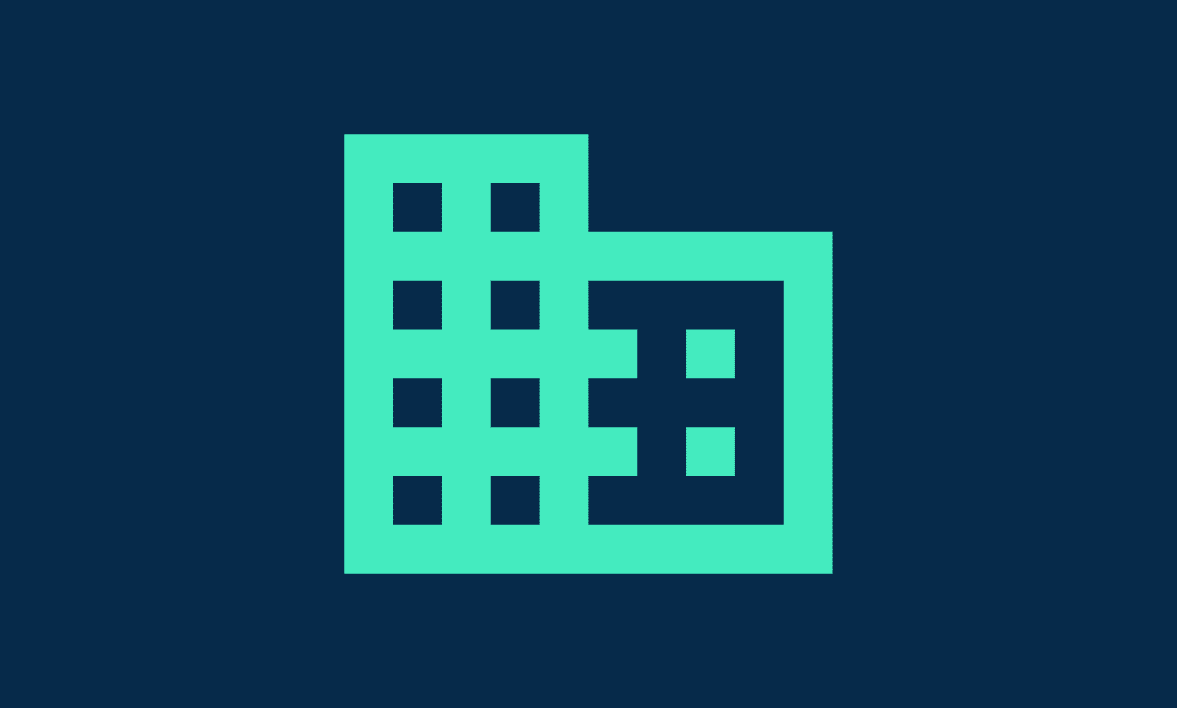
Blog
How businesses can reduce payroll admin without breaking compliance
For many businesses, payroll is a constant juggling act – especially for teams still relying on legacy systems and manual processes. On one hand, there’s pressure from leadership to find efficiencies and cut costs. On the other, HR and payroll teams must navigate a tightrope of compliance, documentation, and data security.
And then there’s the workforce itself – more casual, more remote, more mobile than ever. From hospitality and healthcare to retail and logistics, modern businesses are dealing with a growing number of employees who don’t sit at a desk, don’t have a corporate email, and may only be employed for a season.
In this context, delivering paystubs, year-end tax slips and other payroll documents has become its own full-time job. Manual steps, outdated delivery methods, and clunky portals are holding teams back and exposing organisations to compliance risks.
If this sounds familiar, you’re not alone. But there’s a better way forward.
The heavy lift of legacy payroll processes
Traditional payroll processes weren’t built for today’s workforce. Printing payslips. Folding. Posting. Emailing PDFs that require passwords (and usually follow-up explanations). Uploading files to HR portals that only half the staff can access. And then there’s the barrage of helpdesk requests – employees asking for copies of documents, lost passwords, or wondering why their T4 or paystub hasn’t arrived.
It’s a system that drains time and energy, all while increasing the chance of human error.
For businesses still using legacy systems like JD Edwards or SAP, the pressure is even greater. These platforms might handle the backend payroll calculations reliably, but they often lack modern, user-friendly tools for distributing payslips securely and efficiently – especially to people without a company email address.
The result? Manual workarounds. Workarounds that take up hours of staff time, rely on outdated tech, and keep payroll teams in firefighting mode.
Compliance isn’t optional – and it’s getting harder
The other side of the payroll coin is compliance. In both Canada and Australia, businesses are required by law to provide employees with secure, timely access to payroll information. That means not only delivering the documents on time, but also ensuring they’re protected from unauthorised access, stored correctly, and available for a set number of years.
In Canada, payroll documentation must meet strict privacy and retention requirements. Digital payslips are allowed—but only if security measures are in place. In Australia, the Fair Work Act requires that payslips be issued within one working day of payment and in a form that ensures confidentiality and accessibility.
In the US, things are a little less centralised but no less important. While there’s no single federal law mandating payslips, employers must comply with a combination of federal and state requirements. Most states require detailed wage statements, and many allow electronic delivery only if employees have consented, the documents are secure, and access is easy and cost-free. In practice, that means businesses must deliver payroll documents in a way that’s secure, compliant, and accessible – just like in Canada and Australia.
For businesses that are still relying on mail, email, or shared portals, meeting these obligations consistently can be difficult. And the more complex your workforce – casuals, temps, contractors, people without email addresses – the harder it becomes to stay on the right side of compliance.
Too often, businesses unintentionally fall into grey areas: an email sent to a wrong address, a payslip mailed too late, or a document that’s no longer accessible after someone leaves. These may seem minor, but they can add up to real risks – from complaints and penalties to reputational damage.
Digital payslip delivery: A smarter way to work
Modern businesses need a smarter way to deliver payroll documents. Enter secure digital delivery. Even better if it’s to a secure digital mailbox. It’s scalable, automated, accessible, and compliant.
At Payreq, we’ve built our payroll delivery solution – Payreq Everyone – with this exact challenge in mind. Designed to work alongside your existing payroll and HR systems, Payreq Everyone provides a secure digital smart mailbox for every employee, where they can receive, view, and store their payslips, tax documents, and more.
It’s not just about going paperless. It’s about reducing manual workload, removing bottlenecks, and giving both HR teams and employees a better experience.
For employees, that means:
- A single, secure place to find their payroll documents
- Access on their terms, whether they’re working remotely on a job site, or on the other side of the country
- No more password-protected PDFs or confusing portals
For businesses, it means:
- No more printing, posting, or emailing
- Audit trails and delivery confirmations
- End-to-end encryption and secure cloud storage
- Easy access for compliance audits and record keeping
All without requiring a corporate email address or log-in to an HR system.
Real savings, real results
One of the biggest misconceptions about digitising payroll delivery is that it’s just about convenience. In reality, it’s a business decision that delivers real savings.
When payroll teams don’t have to spend hours chasing down missed payslips, troubleshooting system access, or printing and posting physical mail, they have more time for high-value work. And the cost of postage, paper, and administrative overhead drops significantly.
Faster payroll cycles also mean happier employees – especially those who rely on timely documentation to manage their finances, apply for loans, or file taxes. For remote or casual staff, having access to a secure mailbox that follows them from one contract to the next removes friction and confusion.
There’s also a growing environmental case for ditching the paper. With sustainability becoming a key focus for councils and corporates alike, reducing the volume of printed payslips and mailed documents is an easy and impactful win.
Built for compliance, backed by security
Of course, none of this matters if your digital solution isn’t compliant. That’s why Payreq Everyone is designed with data security and regulatory requirements front and centre.
All documents delivered through Payreq are encrypted, with full audit trails and timestamped delivery records. Our infrastructure is SOC 2 and ISO27001 certified, giving you the peace of mind that your employee data is protected to the highest standards.
Every employee receives their own secure mailbox, accessible via web or app, and your payroll or HR teams can track delivery, access logs, and re-send documents when needed. The platform supports up to seven years of document storage, so you meet long-term retention requirements with ease.
Importantly, Payreq doesn’t require you to overhaul your payroll system. Whether you’re using JD Edwards, SAP, or another platform, we overlay seamlessly – adding digital delivery capabilities without ripping out what already works.
Digital delivery in action
We’ve worked with businesses across Australia, Canada and the US to streamline payroll delivery – from large employers like Rio Tinto, RB Somerville and Kal Tire to small businesses looking to simplify and secure how payroll documents are delivered.
In each case, the problem is the same: manual processes that can’t keep up with the scale, complexity, or compliance requirements of the modern workforce.
By transitioning to Payreq Everyone, these organisations have reduced their admin burden, lowered support ticket volumes, and significantly improved document access for staff – without compromising on security or compliance.
As one payroll manager put it:
“Before Payreq, we had multiple systems and too many steps. Now, everything is automated and tracked. Staff love it, and we spend far less time dealing with lost payslips or re-sending documents.”
Making the switch: how to get started
Switching to digital payslip delivery doesn’t have to be complicated. In fact, most businesses already have the core systems in place – they just need a better way to give employees access to documents.
Here’s a simple roadmap to making the transition:
- Review your current process: Identify all the manual steps in your current payroll distribution workflow. Where are the inefficiencies? Where are the compliance risks?
- Pinpoint the gaps: Are there staff who don’t receive payslips on time? Are you storing documents correctly? Is your current method secure and auditable?
- Find the right delivery partner: Look for a provider that can integrate with your current payroll or ERP system, meets compliance standards, and can scale with your business.
- Plan the rollout: Inform and prepare your internal teams. Communicate the benefits to staff and provide clear instructions for accessing the new system.
- Monitor and improve: Track delivery, monitor access, and continue to refine your process with support from your delivery partner.
With Payreq, many businesses are up and running in a matter of weeks – no custom builds or long IT projects required.
The future of payroll is secure, digital, and simple
Payroll doesn’t have to be a compliance minefield or an admin headache. With the right tools, your team can spend less time on manual tasks and more time on strategic priorities – while giving employees a better, more secure way to access their information.
Whether you’re a retailer with a seasonal workforce, or an enterprise running on legacy systems, Payreq Everyone helps you modernise without complexity. It’s a straightforward, secure way to reduce payroll admin, meet your obligations, and bring payroll delivery into the digital age.
Ready to make payroll simpler?
Book a demo to see how Payreq can help your organisation reduce risk, save time, and improve employee experience with secure, compliant digital payslip delivery.


